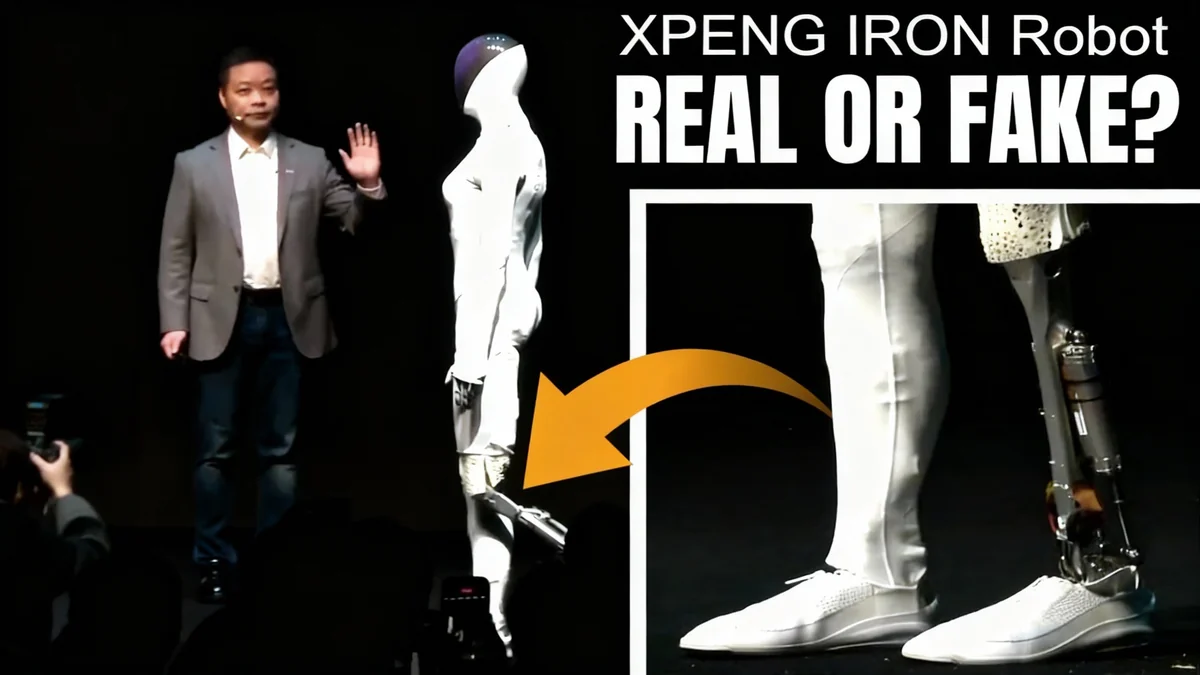Yahoo, a name synonymous with the early internet, now operates as part of a larger collection of digital media and technology brands. This structure, often referred to as a "brand family," reflects a common strategy among large corporations to manage diverse assets, reach different audiences, and adapt to a rapidly changing digital landscape. Understanding how these brand portfolios are managed provides insight into the business models of modern tech conglomerates.
The collection of brands under the Yahoo umbrella, which includes names like AOL, TechCrunch, and Engadget, demonstrates a deliberate approach to market segmentation. Instead of merging all properties into a single entity, the parent company maintains distinct brand identities to serve specific communities, from general news consumers to dedicated technology enthusiasts.
Key Takeaways
- Yahoo operates within a "brand family" that includes other well-known digital properties like AOL, TechCrunch, and Engadget.
- This corporate structure allows a parent company to target multiple market segments with specialized brands.
- The strategy involves acquiring established brands to gain immediate access to their user bases and market credibility.
- Managing a portfolio of distinct brands presents challenges in integration, resource allocation, and maintaining brand identity.
- This model is common in the tech industry, with companies like Alphabet (Google) and Meta (Facebook) employing similar strategies.
The Formation of a Digital Media Portfolio
The concept of a brand family is not new, but its application in the digital media space has evolved significantly. For Yahoo, this evolution has been shaped by a series of high-profile acquisitions and changes in ownership. The journey illustrates a broader trend of consolidation within the media and technology sectors.
Acquisitions as a Growth Engine
Historically, major technology companies have used acquisitions to fuel growth, enter new markets, or eliminate competition. The purchase of AOL by Verizon in 2015 for $4.4 billion, followed by its acquisition of Yahoo in 2017 for $4.5 billion, were key steps in building a digital media division. These moves were intended to combine the vast user bases of both legacy internet giants to compete with Google and Facebook in the digital advertising market.
By acquiring established brands, a company instantly inherits an audience, content library, and market reputation. For example, acquiring TechCrunch and Engadget gave the portfolio immediate credibility and a strong foothold in the technology news sector, a valuable demographic for advertisers.
From Verizon Media to Apollo Global Management
In 2021, Verizon sold its media division, which included Yahoo and AOL, to the private equity firm Apollo Global Management for $5 billion. The new entity was rebranded simply as "Yahoo." This shift marked a new chapter, focusing on revitalizing these legacy brands under a more focused corporate structure, separate from the telecommunications core of Verizon.
Strategic Advantages of a Brand Family
Maintaining a portfolio of distinct brands offers several strategic benefits over consolidating everything under a single corporate name. This approach allows for targeted marketing, operational flexibility, and risk diversification.
Targeting Niche Audiences
One of the primary advantages is the ability to communicate with different audiences in a tailored way. A user visiting TechCrunch for in-depth startup analysis has different expectations than someone checking Yahoo Finance for stock quotes or reading general news on the AOL homepage.
- Yahoo: Serves a broad, mainstream audience with news, finance, sports, and email services.
- AOL: Retains a loyal user base from the early internet era, often appealing to an older demographic.
- TechCrunch: Caters to the venture capital, startup, and technology industry communities.
- Engadget: Focuses on consumer electronics reviews and tech gadget news for enthusiasts.
By keeping these brands separate, the parent company can preserve the unique voice and community trust that each has built over many years. A unified brand might alienate these specialized audiences.
Audience Reach by the Numbers
According to official statements, the Yahoo ecosystem of brands reaches nearly 900 million monthly active users globally. This massive scale is a direct result of combining the user bases of multiple established digital properties rather than attempting to build a single platform from scratch.
Challenges in Managing a Diverse Portfolio
While the brand family strategy has its merits, it also comes with significant operational and strategic challenges. Integrating disparate company cultures, technologies, and business models requires careful management.
Resource Allocation and Redundancy
A key challenge is deciding how to allocate resources like engineering, sales, and administrative support across multiple brands. Without proper integration, companies can suffer from redundant roles and inefficient operations. For instance, each brand might have its own content management system or advertising sales team, leading to increased overhead.
"The biggest hurdle for any company managing a portfolio of acquired brands is creating a unified backend infrastructure that delivers efficiency without destroying the unique front-end identity that made each brand valuable in the first place," notes a former media executive.
Achieving this balance is critical. Successful conglomerates find ways to centralize common functions (like HR and finance) while allowing individual brands the autonomy to manage their content and community engagement strategies.
Maintaining Brand Identity and Trust
Another risk is brand dilution. If the parent company imposes too much corporate control or if one brand in the portfolio suffers a major public relations crisis, it can negatively impact the perception of the other brands. Consumers often associate brands with their parent company, so maintaining the integrity and independence of each property is essential for long-term success.
The Broader Trend in the Tech Industry
Yahoo's structure is a microcosm of a larger trend in the technology industry. Many of the world's largest tech companies operate as holding companies with a diverse portfolio of subsidiaries. This model allows them to innovate in various sectors without diluting their core brand.
Examples from Other Tech Giants
Alphabet Inc. is perhaps the most famous example. While Google remains its flagship brand for search, advertising, and software, Alphabet also owns distinct companies like Waymo (autonomous driving), Verily (life sciences), and DeepMind (artificial intelligence research). This structure provides clarity for investors and allows each subsidiary to operate with a high degree of independence.
Similarly, Meta Platforms, Inc. manages a portfolio that includes Facebook, Instagram, WhatsApp, and Reality Labs. Each platform serves a different purpose and demographic, but they share underlying technology, data, and advertising infrastructure. This strategy allows Meta to dominate the social media landscape across multiple fronts.
The continued use of the brand family model by major players like Yahoo, Alphabet, and Meta suggests that it remains a viable and effective strategy for managing scale, diversifying risk, and capturing a wide range of market segments in the ever-consolidating digital world.





